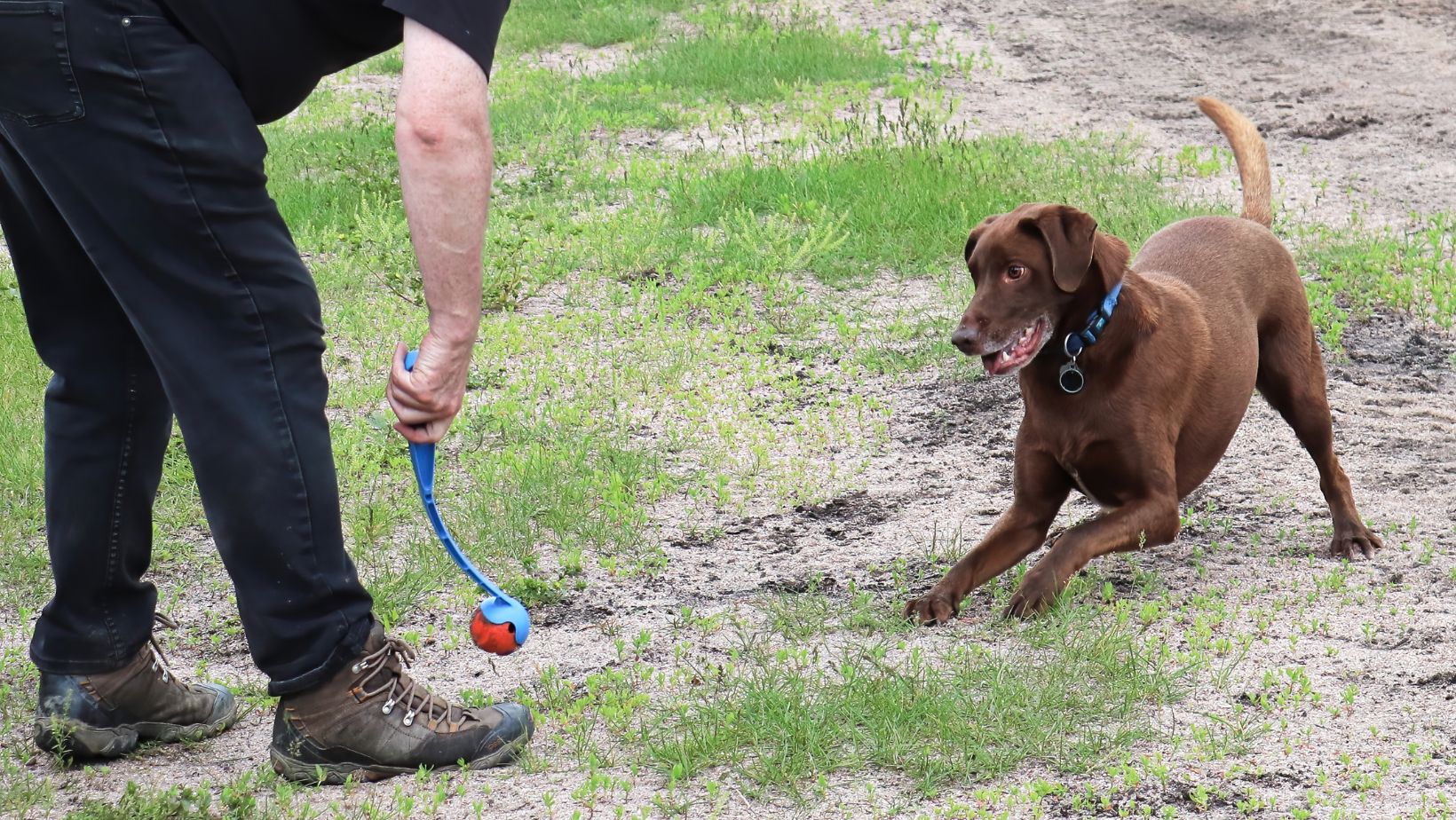How to Walk Your Dog on a Leash
Walking your Labrador on a leash can be an enjoyable and beneficial activity for both you and your furry friend. Not only does it provide exercise, but it also helps with their mental stimulation and socialization. However, proper leash training is essential to ensure a safe and pleasant experience for everyone involved.
When walking your Labrador, it’s important to choose the right type of leash that suits both their size and strength. A sturdy, adjustable leash made from durable materials is recommended to give you better control during walks. Additionally, consider using a harness instead of attaching the leash directly to their collar, as this can help prevent any strain on their neck.
Proper Fit and Adjustment of the Leash: Ensuring a Comfortable Walk for Your Labrador
When it comes to walking your beloved Labrador on a leash, one crucial aspect that often gets overlooked is ensuring the proper fit and adjustment of the leash. A well-fitted leash not only ensures your dog’s safety but also contributes to a more enjoyable walking experience for both you and your furry friend.
Here are a few key points to keep in mind when fitting and adjusting the leash for your Labrador:
- Choose the Right Size: The first step in achieving a proper fit is selecting the appropriate size of leash for your Labrador. Consider their breed, age, and any specific needs they may have. Opt for a sturdy yet lightweight material that will withstand regular use.
- Measure Properly: To determine the correct length of the leash, measure from your hand to where you want your Labrador positioned during walks. Typically, a leash between 4-6 feet long provides enough freedom for movement while still maintaining control.
- Adjusting Collar or Harness: Before attaching the leash, make sure that your Labrador’s collar or harness fits correctly and comfortably. You should be able to slide two fingers between their neck or chest and the collar/harness without it being too tight or loose.
- Comfortable Grip: Ensure that you have a comfortable grip on the handle of the leash. Look for options with padded handles or ergonomic designs to reduce strain on your hands during longer walks.
Remember, every dog is unique, so take into consideration any specific factors related to your Labrador when fitting and adjusting their leash. Regularly check for signs of wear-and-tear on both the leash itself as well as its attachments to maintain optimal safety standards.
Teaching Basic Commands for Walking on a Leash
Walking your dog on a leash is not only important for their safety, but it also provides them with the exercise and mental stimulation they need. To ensure a successful and enjoyable walk, teaching your Labrador basic commands is essential. In this section, I’ll share some effective strategies to help you train your furry friend.
- Start with the basics: Before introducing the leash, focus on teaching your Labrador fundamental obedience commands such as “sit,” “stay,” and “come.” These commands lay the foundation for good leash manners and create a sense of control during walks.
- Introduce the leash gradually: Once your dog has mastered the basic commands, it’s time to introduce the leash. Begin by allowing them to familiarize themselves with it in a controlled environment indoors. Attach the leash to their collar or harness and let them drag it around while supervised.
- Positive reinforcement: When walking on a leash, positive reinforcement is key. Reward your Labrador with treats, praise, or play whenever they exhibit good behavior like walking calmly beside you or responding promptly to commands. This positive association will motivate them to repeat these behaviors in future walks.
- Use consistent cues: As you walk your Labrador on a leash, use clear and consistent verbal cues such as “heel” or “let’s go” to signal them to walk beside you without pulling or straying too far ahead. Reinforce these cues regularly during training sessions until they become second nature for both of you.
By following these steps and remaining dedicated to training, you’ll soon find yourself enjoying peaceful walks with your well-behaved Labrador. Remember to tailor the training to your dog’s individual needs and always prioritize their safety and well-being during walks.
